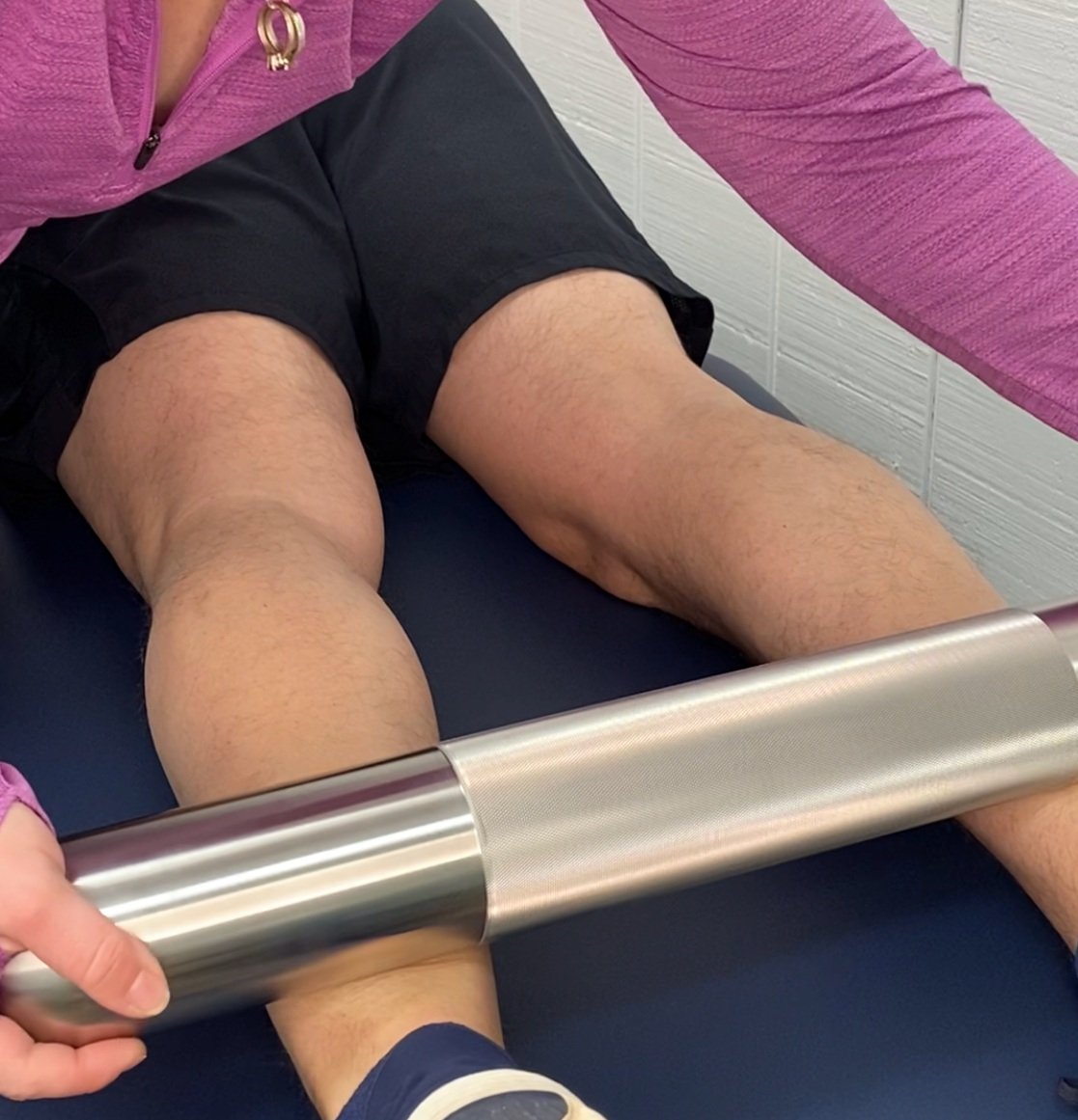Are you experiencing neuromusculoskeletal pain or discomfort, such as neck pain, back pain, headaches, tennis/golfer’s elbow, carpal tunnel syndrome, knee osteoarthritis, plantar fasciitis, or shoulder impingement? Then you may want to consider seeing an osteopractic physical therapist or osteopractor.

What is an osteopractor?
An osteopractor is a specialized physical therapist, medical doctor, or doctor of osteopathic medicine who has completed an evidence-based post-graduate training program in spinal and extremity thrust manipulation, dry needling including ultrasound-guided dry needling, instrument-assisted manual therapies (IASTM, cupping), and differential diagnostics for neuromusculoskeletal conditions. Osteopractic physical therapy is a sub-specialty within physical therapy that offers expert care to addresses neuromusculoskeletal conditions.

So what makes osteopractic physical therapy different from other types of physical therapy?
For starters, osteopractic physical therapists have advanced qualifications and training in treating neuromusculoskeletal disorders, while general physical therapists may not. Osteopractic physical therapists must complete all courses in the extensive, evidence-based post-graduate training program as well as pass strict written and practical exams for each before they earn the Diploma in Osteopractic and are able to call themselves an Osteopractor. Through this comprehensive training, osteopractors achieve a new level of expertise in diagnosis and treatment using a multi-modal approach. Osteopractors diagnose the root-cause of your symptoms and address the true issue. Using a multi-modal approach allows osteopractors to addresses not just bones/joints but also the surrounding tissues, such as muscles, tendons, ligaments, and fascia, for optimal patient management.

So, why choose osteopractic physical therapy over general physical therapy?
Just as you would look for a specialist for your medical conditions (i.e dermatologist for skin, podiatrist for foot, gastroenterologist for GI, ect), you should seek expert care for your neuromusculoskeletal concerns. While general medical doctors and physical therapists can provide treatment for a wide range of conditions, a specialist in osteopractic physical therapy can offer a higher level of expertise and personalized care for certain musculoskeletal conditions. Osteopractic physical therapy provides superior results by targeting your specific neuromusculoskeletal concerns, efficiently identifying the root-cause of your pain or dysfunction and applying effective treatments to get your better, faster. In addition, osteopractic physical therapy is a non-invasive alternative to medication or surgery, which can be more expensive and have more side effects. When it comes to treating conditions such as neck pain, low back pain, headaches, tennis elbow, heel pain, carpal tunnel syndrome, knee osteoarthritis, plantar fasciitis, shoulder impingement, or joint pain, seeking out an osteopractic physical therapist or osteopractor is a wise choice. By seeking out an osteopractic physical therapist, you can be sure that you are receiving the highest level of care for your unique health concerns.


